D&I: The hidden gems in your data
It takes a strong vision from executive leadership to convert those diverse candidates into diverse, engaged, and empowered hires.
Discover how you can drive DE&I in your organization through data you already have.
People analytics can make leaders accountable for disparities, but only if considered an independent source of truth.
In order to be taken seriously, people analytics must clean up its data.
The focus should move beyond getting people through the door and towards giving everyone the tools they need.
Diversity and inclusion is no longer a nice to have or a box ticking exercise. Data HR leaders were invited to discuss how they can drive DE&I through the data in their organizations in a closed-door roundtable discussion.
It takes a strong vision from leadership to convert diverse candidates into engaged and empowered hires. This is why Jobvite and UNLEASH gathered a select group of senior HR professionals to discuss the D&I strategies that can help organizations achieve their hiring goals.
The one-hour closed door session, was moderated by Donna DiDomenico, a renowned Leader in People & Culture Strategy and Aman Brar, CEO, Jobvite.
Here are some key takeaways from the discussion:
Getting started on setting goals and tackling your DE&I initiatives
The opportunity: Using data in the right way
One of the key issues discussed during the roundtable was the need for people analytics to be considered an independent source of truth for a business.
Once considered in this way, data and analytics can be used to hold people, functions, and leaders accountable for disparities and shortcomings in the D&I space.
Data played a pivotal role during the discussion with participants noting that one of the biggest challenges was not the sheer amount of data available but actually finding the volume that everyone feels comfortable with.
The experts agreed that the first step for HR and people analytics was to make sure that all the demographic categories were aligned and that the whole organization was speaking the same language.
The importance of de-biasing processes and systems
Experts discussed the importance of de-biasing recruitment systems and processes. Re-writing job descriptions was mentioned as an easy way to do this.
Hiring managers must be questioned: do you need all those requirements in order to be successful? Is it really a surprise that we only get white middle-aged men applying when we stipulate 15 years in senior management positions as a requirement?
It was highlighted that one of the silver linings of COVID-19 was that its distributed workforce meant that for many organizations, candidate location stopped being a limiting factor.
Alongside job descriptions, the group highlighted the importance of focusing on the internal biases of hiring managers and the need for them to be pushed out of their comfort zones.
A potential solution for this was to replace outdated interview formats with diverse panels.
Using your data for a continuous learning and improvement strategy
Diversity and inclusion needs to be a long-term strategy
Another trend that emerged from the discussion was that diversity and inclusion in hiring needs to be a long-term strategy — and so do the goals and ambitions that are set for hiring managers.
If targets are sprung on managers last minute the reaction is likely to be ‘I can’t think about diversity and inclusion because I need someone right now!’.
Whilst progression in D&I was a priority for all, there was acknowledgement that targets need to be pragmatic in order to make a real change.
How you continue to hold leadership accountable to your diversity goals
Giving everyone the opportunity of success
Any organization with a polished company pitch can get diverse candidates through the door but the group agreed that the big challenge arises when it comes to creating environments that allow for talent retention and mobility.
It’s important to avoid the worst-case scenario which is when an employee arrives and thinks ‘did they just hire me to tick boxes?’
Moderated by:
Donna DiDomenico, Leader in People & Culture Strategy, & Former Assistant Vice President Human Resources at Amtrak
An award-winning leader in the areas of culture and people strategy, Donna has guided her career to achieving a diverse business background by holding key, strategic, leadership roles in a variety of business functions and industries.
Aman Brar, CEO, Jobvite
Aman Brar has an extensive background in leading technology companies through periods of high growth. Formerly, President of Apparatus, he led the company through a $34.2 million acquisition. He then launched Canvas, a text-based interviewing platform that enables recruiters to screen candidates. Canvas joined Jobvite in 2019 where Aman is currently CEO.
Read more insights from Jobvite by downloading their report on 7 Ways to Attract, Engage, and Convert Diverse Candidates.
Sign up to the UNLEASH Newsletter
Get the Editor’s picks of the week delivered straight to your inbox!

Head of UNLEASH Labs
Abigail is dedicated to connecting HR buyers with the technology and tools they need to succeed.
